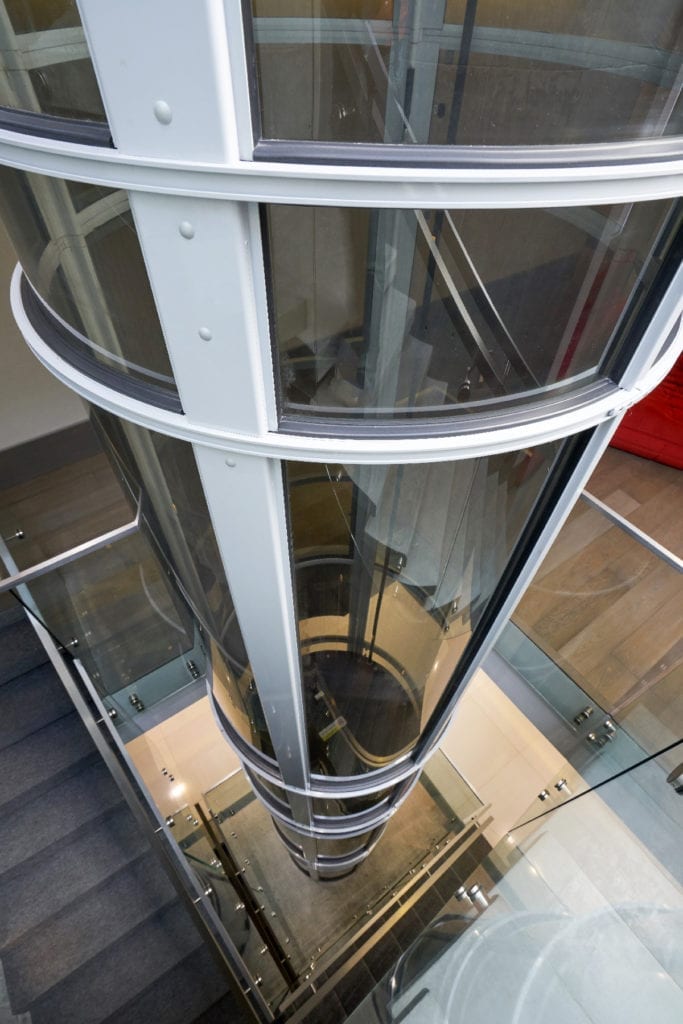Incorporating a residential elevator into your home elevates not only your physical space but also your quality of life. However, ensuring seamless integration and optimal functionality demands meticulous attention to detail, particularly regarding elevator dimensions and technical specifications. This in-depth guide delves into the intricate world of residential elevator design, empowering you to make informed decisions based on your specific needs and spatial constraints.
Deciphering the Blueprint: Cab and Shaft Dimensions
Imagine the elevator as a mechanical marvel within a dedicated architectural envelope. The cab, your personal carriage, defines the usable space for movement, while the shaft encapsulates the cab, machinery, and counterweights. Both elements require precise consideration during the planning and construction phases.
Cab Dimensions:
- Understanding the Standards: Adhere to the ANSI A17.1 Standard, which outlines minimum cab dimensions based on occupancy:
- Single occupant: 36 inches (914mm) width x 48 inches (1219mm) depth, suitable for basic mobility needs.
- Multiple occupants/wheelchair users: 48 inches (1219mm) width x 60 inches (1524mm) depth or larger configurations accommodating specific requirements.
- Compact solutions: Explore 36 inches (914mm) x 36 inches (914mm) mini-cabs, but ensure compliance with accessibility regulations.
- Beyond the Minimum: While the standards provide a foundation, consider factors like:
- Anticipated usage: Will the elevator primarily transport individuals or families? Will bulky items like groceries or luggage be frequent passengers?
- Comfort preferences: Opt for larger dimensions if spaciousness and ease of movement are priorities.
- Aesthetic considerations: The cab can be a personalized haven, so factor in desired finishes and customizations.
Shaft Dimensions:
- Ensuring Smooth Operation: Maintain adequate clearance around the cab for safe and efficient movement: minimum 4 feet (1219mm) width x 5 feet (1524mm) depth.
- Optimizing Efficiency: Add 6-8 inches (152-203mm) on each side for equipment installation and clearances. Utilize space efficiently within the shaft to minimize the overall footprint.
- Travel Requirements: The shaft height depends on the number of floors served. Standard residential elevators have a maximum travel height of 50 feet (15.24m), accommodating up to 4 stops.
Additional Technical Considerations:
- Doorway Width: Local building codes often mandate a minimum doorway width of 32 inches (813mm) for accessibility compliance.
- Pit Depth: Some models require a pit below the ground floor, typically around 8 inches (203mm) deep, to accommodate counterweights and machinery.
- Headroom: Ensure sufficient headroom within the cab and at each landing, usually at least 80 inches (2032mm) for passenger comfort and safety.

Striking the Balance: Matching Needs with Space Constraints
Finding the “ideal” elevator size involves a delicate dance between your specific requirements and the available space. Here are key technical factors to consider:
- Occupancy and Mobility Needs: Calculate the anticipated number of users and any mobility aids they might require. Translate these needs into minimum cab dimensions based on the ANSI A17.1 standard or consider exceeding them for enhanced comfort.
- Load Capacity: Select an elevator with a capacity exceeding the intended load (passengers, cargo, and mobility aids) to ensure smooth operation and comply with safety regulations. Consult a professional for accurate load calculations.
- Shaft Location and Structural Integrity: Carefully evaluate existing floor plans and structural elements to identify feasible shaft locations that can accommodate the chosen dimensions and weight load. Consider factors like load-bearing walls, existing utilities, and potential reinforcement needs.
- Building Codes and Regulations: Adhere to relevant building codes and accessibility standards pertaining to elevator dimensions, door sizes, and safety features. Consult local authorities and qualified professionals for specific requirements in your area.
Extra Technical Enhancements for a Seamless Experience
While dimensions form the foundation, additional technical aspects contribute to a truly optimized elevator experience:
- Door Operation: Opt for automatic doors equipped with safety sensors and emergency opening mechanisms for ease of use and accessibility. Consider door opening speeds based on traffic flow and user needs.
- Control System: Choose a user-friendly control system with clear signage, emergency call buttons at each landing, and features like automatic floor leveling for intuitive operation. Consider incorporating touchscreen interfaces or voice-activated controls for added convenience.
- Interior Finishes: Select materials and finishes that comply with fire safety regulations and complement the overall aesthetic of your residential space. Explore options like wood paneling, stainless steel accents, or textured fabrics to create a personalized ambiance. Remember to prioritize accessibility features like handrails and Braille signage.
- Drive Systems: Different drive technologies offer varied advantages:
- Hydraulic: Reliable and cost-effective, suitable for low-rise applications. Requires a dedicated machine room and may have higher energy consumption.
- Screw: Offers smooth and quiet operation, often preferred for mid-rise installations. Compact design, but might be pricier than hydraulic options.
- Traction: Ideal for high-rise applications with superior energy efficiency and quieter operation. Requires a machine room or a smaller overhead traction machine.
Additional Technical Considerations:
- Noise Reduction: Explore noise-dampening materials and technologies to minimize elevator operation noise, especially in open-plan living spaces.
- Seismic Considerations: If residing in an earthquake-prone area, ensure the elevator complies with seismic safety regulations and incorporates appropriate safety features.
- Power Backup System: Consider an uninterruptible power supply (UPS) or generator backup to ensure elevator functionality during power outages.
A Note Before Embarking on Your Elevator Journey
Selecting the right residential elevator dimensions and technical specifications requires a collaborative effort. Consult with qualified architects, engineers, and elevator professionals who can guide you through the intricacies of design, space constraints, and regulations. Remember, the ideal elevator seamlessly integrates into your home, enhancing your mobility and enriching your quality of life.
This blog post has equipped you with a comprehensive understanding of residential elevator dimensions and technical considerations. As you embark on your elevator journey, remember:
- Start early: Planning and design take time. Involving professionals early helps navigate complexities and ensure a smooth installation process.
- Prioritize safety and accessibility: Adhere to regulations and prioritize features like automatic doors and emergency call buttons for everyone’s safety and comfort.
- Embrace customization: From finishes to features, personalize your elevator to reflect your style and preferences.
- Invest in quality: Choose a reputable manufacturer and prioritize quality materials and components for long-term reliability and performance.
With careful planning, informed decision-making, and a collaborative approach, you can select a residential elevator that perfectly complements your home and elevates your everyday living experience.
PVE Residential Elevator Dimensions: A Technical Overview

PVE offers a trio of pneumatic vacuum elevators, each boasting precise dimensions for optimal performance:
| Model: | Exterior Diameter (mm) | Capacity (kg/lbs) |
|---|---|---|
| PVE30 | 750 (29.53″) | Single passenger (159/350) |
| PVE37 | 933 (36.73″) | Two passengers (205/452) |
| PVE52 | 1316 (51.81″) | Three passengers/Wheelchair accessible (238/525) |
Key Technical Considerations:
- Interior Diameter:
- PVE30: 521mm (20.51″)
- PVE37: 813mm (32″)
- PVE52: 1150mm (45.28″)
- Travel Height: Maximum 50 feet (15.24m) with up to 4 stops.
- Doorway Width: 534mm (21″) standard, wider options available.
- Pit Depth: PVE30 and PVE37 require 203mm (8″) pit, PVE52 requires 300mm (11.8″) pit.
- Clearance: Maintain minimum 1219mm (4′) width and 1524mm (5′) depth around the cab.
Residential Elevator Dimensions: FAQs Answered
General Dimensions:
1. What are the typical minimum and maximum dimensions for residential elevators?
- Cab: Minimums are around 36″ wide x 48″ deep, with maximums exceeding 60″ x 72″.
- Door: Minimums are around 32″ wide, with maximums exceeding 48″ for wider access.
- Shaft: Minimums are around 5′ x 5′ (25 square feet), with larger spaces offering more flexibility and comfort.
2. How do minimum dimensions impact passenger capacity and accessibility needs?
- Smaller cabs limit passenger count and may not comfortably accommodate wheelchairs or mobility aids. Consider future needs when choosing size.
3. How do building codes and regulations influence dimensions?
- ADA, ASME A17.1, and local codes set minimum requirements for accessibility, safety, and functionality. Always comply with relevant regulations.
4. What factors influence choosing a cab size beyond minimums?
- Desired comfort, luggage space, future needs, and aesthetics all play a role. Consider larger sizes for increased convenience and flexibility.
5. How do pit depth and headroom affect feasibility?
- Hydraulic elevators often require pits, while traction elevators don’t. Headroom is crucial for smooth operation. Consult professionals for feasibility assessment.
Door-Specific Questions:
6. What are the different door types and size limitations?
- Swing: Most common, with minimum widths around 32″.
- Sliding: Space-saving, often narrower but require additional track space.
- Telescopic: Wide openings for wheelchairs, but complex and require more space.
7. How do automatic doors impact clearance and safety?
- Consider door swing radius and safety beams when assessing clearance. Consult professionals for safe installation and operation.
8. What are fire code requirements for doors and dimensions?
- Doors must be self-closing and fire-rated. Consult local codes for specific requirements and potential dimension impacts.
9. What options are available for wider door openings?
- Telescopic doors offer wider access, but consult professionals for feasibility and potential structural modifications.
Shaft and Hoistway Considerations:
10. What are the minimum shaft dimensions for different drive systems?
- Hydraulics typically require wider shafts (5′ x 5′) compared to traction (4′ x 6′). Consult manufacturers for specific recommendations.
11. How do shaft clearances impact maintenance and upgrades?
- Ensure adequate space for technicians and potential future modifications. Consider future needs when designing shaft dimensions.
12. What are the structural load requirements for supporting a shaft?
- Consult structural engineers for load calculations and necessary reinforcements to safely support the elevator and passengers.
13. How do seismic considerations affect shaft design and dimensions?
- Bracing and counterweights may be necessary in earthquake-prone areas. Consult engineers for specific seismic design requirements.
14. What ventilation and noise mitigation strategies are needed?
- Proper ventilation is crucial for air quality and component lifespan. Soundproofing materials can minimize noise for a more comfortable experience.
Additional Technical Aspects:
15. How do custom finishes and features affect dimensions?
- Recessed lighting, thick paneling, or other features may slightly reduce available cab space. Consult with manufacturers for specific dimension impacts.
16. What is the standard shaft size for PVE residential elevators?
- The minimum recommended shaft size is 1219mm (4′) width and 1524mm (5′) depth, providing clearance around the cab for smooth operation and maintenance.
17. What is the minimum headroom required for PVE elevators?
- All PVE models require a minimum headroom of 2032mm (80″) within the cab and at each landing for passenger comfort and safety.








